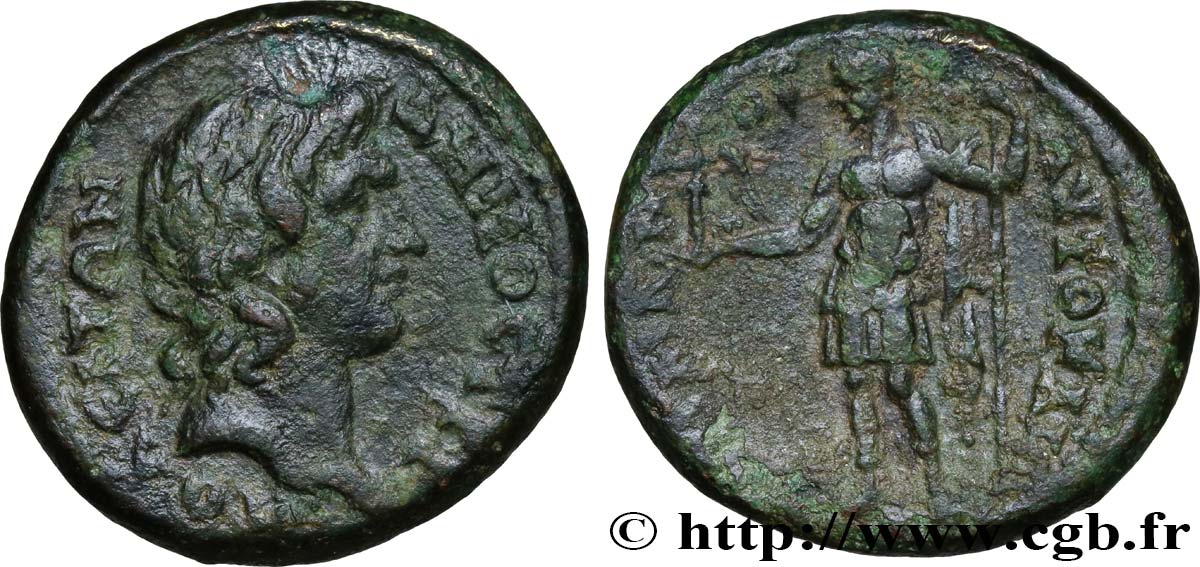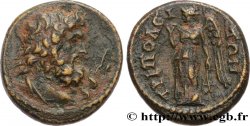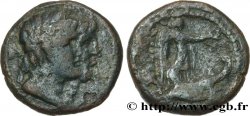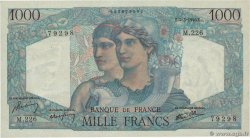E-auction 520-434895 - bpv_507268 - LYDIA - TRIPOLIS Tetrassaria
You must signin and be an approved bidder to bid, LOGIN TO BID. Accounts are subject to approval and the approval process takes place within 48 hours. Do not wait until the day a sale closes to register. Clicking on « bid » constitutes acceptance of the terms of use of cgb.fr private e-auctions.
Bids must be placed in whole Euro amounts only. The sale will start closing at the time stated on the item description; any bids received at the site after the closing time will not be executed. Transmission times may vary and bids could be rejected if you wait until the last second. For further information ckeck the E-auctions F.A.Q.
NO BUYER'S FEE.
NO BUYER'S FEE.
| Estimate : | 195 € |
| Price : | 67 € |
| Maximum bid : | 87 € |
| End of the sale : | 03 April 2023 15:28:40 |
| bidders : | 10 bidders |
Type : Tetrassaria
Date: c. 193-235
Mint name / Town : Tripolis, Lydie
Metal : copper
Diameter : 25 mm
Orientation dies : 12 h.
Weight : 12,75 g.
Rarity : R1
Coments on the condition:
Exemplaire sur un flan épais bien centré des deux côtés. Beau buste du Démos. Revers inhabituel, un peu bouché sur la légende. Épaisse patine vert foncé
Catalogue references :
Obverse
Obverse legend : ANÉPIGRAPHE.
Obverse description : Tête nue du démos de Tripolis à droite.
Obverse legend : DHMOS TRI-POLEITWN
Obverse translation : (Peuple de Tripolis).
Reverse
Reverse description : Trajan, vêtu militairement, tenant une victoriola de la main droite tendue et un sceptre long de la main gauche.
Reverse legend : AUTO KAISAR TRAIANOS
Reverse translation : (L’empereur césar Trajan).
Commentary
Poids lourd. Ce type semble plus rare que ne le laissent supposer les ouvrages généraux. Seulement cinq exemplaires recensés avec un poids moyen de 11,45 g.








 Report a mistake
Report a mistake Print the page
Print the page Share my selection
Share my selection Ask a question
Ask a question Consign / sell
Consign / sell
 Full data
Full data












